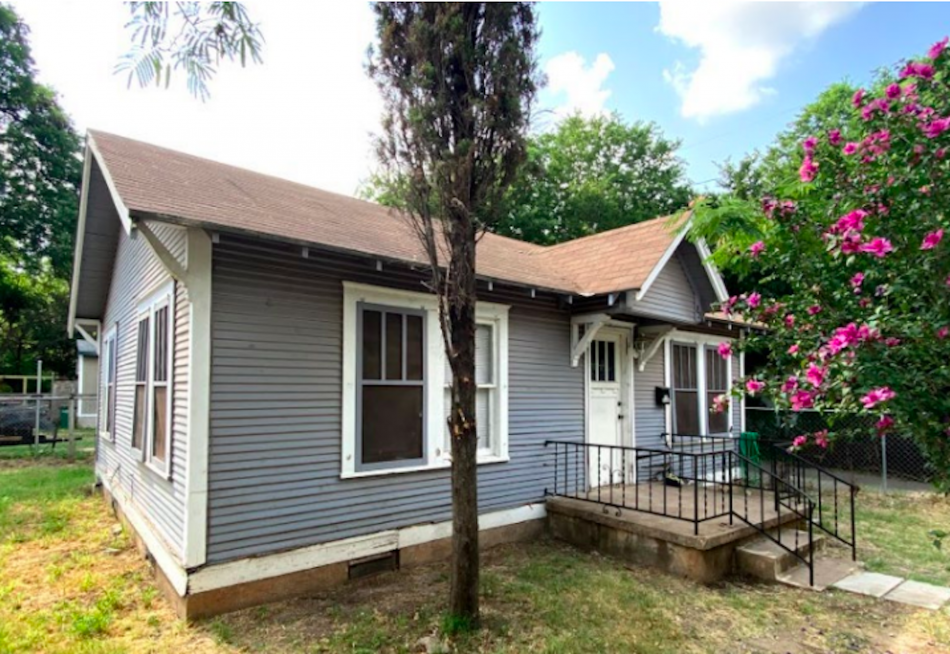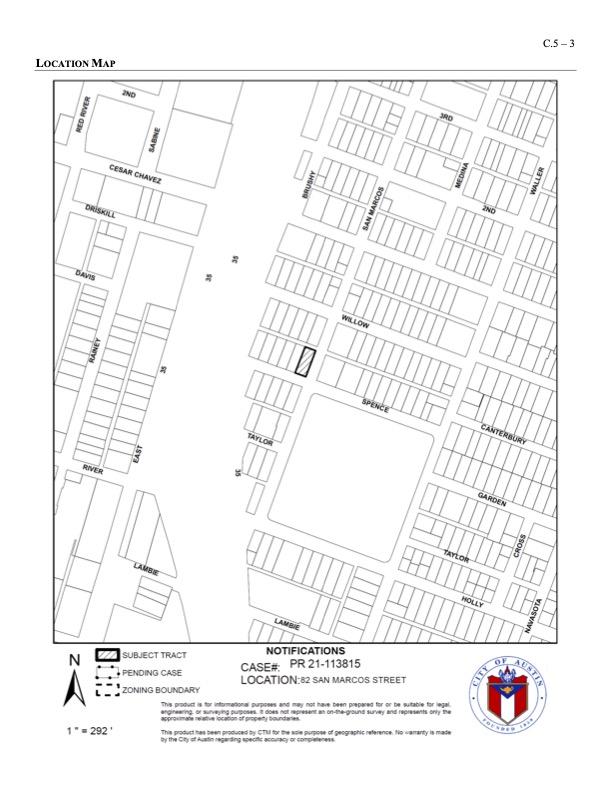Just a few months after the last single-family house on Rainey Street was cleared for demolition, the prospective bulldozing of two 80-year-old East Austin homes on a single lot continues to keep discussion alive around downtown-proximate development in primarily residential neighborhoods.
Located at 82 San Marcos Street in the Willow-Spence National Register Historic District, the single-story houses and their fate were the subject of debate at the September 27 meeting of the city’s Historic Landmark Commission. Jim Wittliff, representing the new owner of the property (who was not named and who is not yet listed in county records), spoke in favor of postponing the vote until new plans for redevelopment were available, and a few neighbors weighed in via written objection or in-person testimony. The city Historic Preservation Office staff recommended rehabilitation and adaptive reuse over demolition but that the permit be released upon review of applicant’s redevelopment plans and completion of documentation for archiving at the Austin History Center.
Neighbors’ objections to the demolition focused on the decent structural condition of the homes (built around 1941), their value as rental properties, the historic nature of the neighborhood, and, most important in view of those who spoke at the meeting, the precedent that such a move might set for the replacement of older single-family homes with larger multifamily buildings. Andrea Hill, who lives directly behind the houses, specifically invoked the relatively recent transformation of the Rainey Street Historic District and neighborhood—located just across I-35 from the Willow-Spence district—noting that the two districts have “the same zoning, and look what happened to them. We don’t want that to happen to us.”
Willow-Spence National Register Historic District Neighborhood Association president Sylvia Marroquin also spoke at the meeting, making similar objections and similarly emphasizing the possibility of setting a precedent for the small neighborhood, which she said comprises about six blocks total. Marroquin also mentioned the need for local landmarking of districts rather than individual properties. Commissioner Kevin Koch clarified that local historic district designation had to be agreed to by a majority of a district’s property owners and that—contrary to commonly held belief—it provides more protection to district properties than does a National Register designation.
Earlier in the meeting, preservation office staff had clarified that the houses at the address had not been designated “contributing structures” in the national district registry—meaning that they weren’t considered and don’t need to be treated as part of the historic fabric of the neighborhood—but that was likely that because the decades-old survey for that designation had been conducted before the two homes were more than 50 years old, a requirement for contributing structures.
While neighbors who weighed in also wanted to know the new owner’s post-demolition plans for the property, and the landmark commission will review such plans, Wittliff had stated earlier that the owner did not yet have those plans and suggested postponing a vote on the case.
In the end, the commission did exactly that, voting unanimously to take up the case again at its October 23 meeting.









